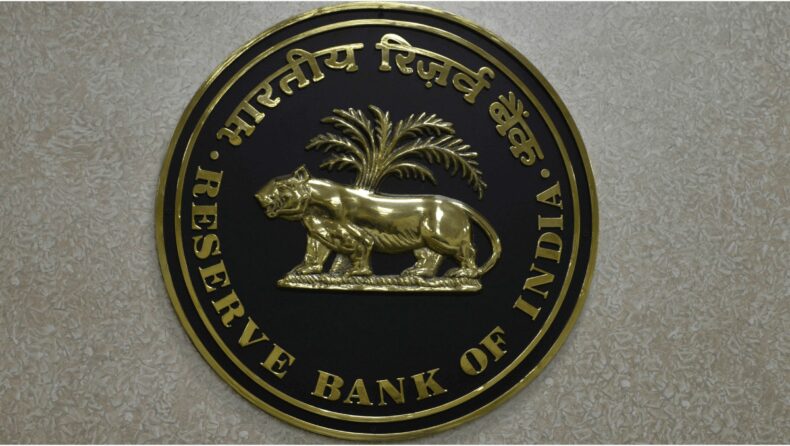On Friday, the RBI is likely to sell dollars through state-run banks after the rupee fell below 82 to a historic low versus the dollar due to concerns about the US Federal Reserve’s rate outlook. The Reserve Bank of India is expected to sell dollars through state-run banks on Friday after the rupee fell below 82 to a historic low versus the dollar on concerns about the Federal Reserve’s rate outlook in the United States, dealers told Reuters. The rupee was recently trading at 82.2675, down from 81.88 the previous day but still higher than the session low of 82.33.
They’ll attempt to avert a recession, according to William Dudley, former president of the Federal Reserve Bank of New York. The problem is that there isn’t much room to do so at the moment. The Fed’s quick rate hikes mimic those of other major central banks, adding to concerns about a possible worldwide recession. The European Central Bank boosted its key interest rate by three-quarters of a percentage point last week. In recent weeks, the Bank of England, the Reserve Bank of Australia, and the Bank of Canada all raised interest rates significantly.
Loretta Mester, head of the Cleveland Federal Reserve Bank and one of the 12 officials voting on the Fed’s decision on Wednesday, believes “it will be essential to raise the Fed’s rate to just above 4% by early next year and hold it there.” I do not anticipate the Fed decreasing rates next year, Mester continued, deflating the hopes of many Wall Street investors who had anticipated such a reversal. Comments like Mester’s contributed to a dramatic drop in stock prices last month, which began following Powell’s strong anti-inflation address at the Jackson Hole conference.
The rupee fell to 82.33 in the first 10 minutes of trading and has been range-bound thereafter, dealers claimed, owing to the RBI’s intervention. Four bankers and a brokerage business verified the RBI action to Reuters. “Essentially, the RBI is making its presence known and reminding traders that it would not tolerate one-sided trades,” said one of the state-run lenders who verified the intervention. “The intervention will have an effect to the degree that it will not allow the rupee to fall any further, but it will not help the rupee recover much.”
And growth in China, the world’s second-largest economy, is already being hampered by the government’s periodic COVID lockdowns. If most large economies experience a recession, the US economy may suffer as well. Powell is unlikely to give any clues that the central bank would lighten up on its credit tightening drive during his news conference on Wednesday. Most economists believe the Fed will cease raising interest rates in early 2024. For the time being, though, they anticipate Powell to maintain his staunch anti-inflation stance.
According to Kathy Bostjancic, an economist at Oxford Economics, the landing will be difficult. Many economists believe that a recession and widespread layoffs are required to restrain increasing prices. According to research published earlier this month under the auspices of the Brookings Institution, unemployment may reach 7.5% in order for inflation to return to the Fed’s target of 2%. According to a report by Johns Hopkins University economist Laurence Ball and two IMF economists, only a slump this severe would cut wage growth and consumer spending enough to moderate inflation.
When Federal Reserve Chair Jerome Powell appeared last month at an economic conference in Jackson Hole, Wyoming, he gave a stark warning: “The Fed’s drive to contain inflation by aggressively raising interest rates will cause some pain for Americans,” he warned. When the Fed’s next meeting concludes on Wednesday and Powell holds a press conference, Americans will likely have a better notion of how much misery is in store. For the third time in a row, the central bank is likely to boost its benchmark short-term rate by three-quarters of a percent.












